The Little Engine That Could: Impella® Device

January 15, 2021
Typically, we photograph every patient appearing in HealthU. Because this story was planned during the surge of COVID-19, that contact would have been too risky. Instead, our team took a creative approach and replaced photo shoots with illustrated portraits of patients.
A journey of 1,000 miles may begin with the first step, but Ron Rovito’s journey to heart health began with missed steps.
In 2005, an injury caused nerve damage to Ron’s left foot. He tried to maintain his regular routine, but the pain slowed him down. After 10 years, he had to quit his job. “I can walk normally, but when it comes to getting exercise, it’s too much for my foot,” says Ron, who is now 56 years old and lives in Northvale, New Jersey.
Because of his inactivity, Ron’s heart health went into a tailspin. He had a heart attack in July 2019. Although his doctors urged him to eat more healthfully and do what exercise he could, Ron didn’t follow those orders. Seven months later, he suffered a second heart attack.
An ambulance brought Ron to the Emergency Department at Hackensack University Medical Center, where he was suffering from chest pain, shortness of breath and light-headedness. The team worked furiously to diagnose and treat him. He was taken to the cardiac catheterization lab where interventional cardiologist Omar Hasan, M.D., inserted a catheter into Ron’s heart, placed a stent to open a blocked artery and determined that the right side of his heart was failing and he was in cardiogenic shock.
Cardiogenic shock occurs when the heart can’t pump enough blood to keep the body functioning. It usually happens as the result of a severe heart attack, although not every heart attack causes cardiogenic shock.
By this time, George Batsides, M.D., chief of cardiac surgery and surgical director of mechanical circulatory support, was brought in. To help keep the blood flowing at a strong enough rate, Drs. Hasan and Batsides used an Impella® RP device. Inserted into the heart by means of a catheter, the Impella® device is a miniature “engine” that moves blood from a chamber of the heart—in Ron’s case, the right ventricle—out into the pulmonary artery and on to the lungs where it picks up oxygen.
This action stabilized Ron for a while, but his treatment journey was just beginning.
The Right Setting at the Right Time
“Despite having the pump in, his left heart pressures were still elevated, and he needed medicine to keep his blood pressure up,” Dr. Batsides says. “At that point, he was in heart failure on both the right and left sides of his heart.”
The doctors agreed that Ron was stable enough to move to the larger hybrid operating room (OR) adjacent to the cath lab. The hybrid OR is equipped to allow interventional cardiologists and cardiac surgeons to work on a patient at the same time, using whichever methodologies will offer the greatest chance for success.
Ron needed another Impella® device, the Impella® 5.5, designed to manage left-side ventricular failure. This pump pushes 5.5 liters of blood per minute from the left ventricle to the aorta and on to the rest of the body.
As Dr. Batsides and his team prepared the artery in Ron’s arm to accept the catheter with the Impella® 5.5, Ron’s blood pressure suddenly dropped. “It takes a good half hour to an hour to install the graft to the arm artery to put the larger pump in,” Dr. Batsides says. “So we temporarily put in a 3.5-liter pump through his leg artery.”
The other option would have been to conduct traditional surgery to install the Impella® 5.5.
“He weighed almost 300 pounds at the time and he was in shock, so it was better to avoid opening up his chest,” Dr. Batsides says. This kind of sudden turn in a patient’s condition illustrates why a hybrid OR is an ideal site for heart surgery.
Having the smaller 3.5-liter Impella® CP in place gave the team the breathing room they needed to install the larger pump. Once that was done, the smaller pump was removed, and Ron was able to begin his recovery. The two Impella® devices remained inside Ron’s heart, taking over the work of moving his blood so the heart muscle could recover its strength.
As part of the multidisciplinary heart care team, cardiologist and heart failure specialist Kanika Mody, M.D., monitored Ron’s postoperative care. “The team was there when I needed them, and they took good care of me,” Ron says.
Can-do Attitude
Ron recovered well after the procedure. “Before I knew it, I was up and walking around,” Ron says. “It was quite amazing.” Besides his care team, he was happy to have support from his family and his girlfriend, Mary.
His hospital stay lasted a month. What he’s done since then is incredible: Thanks to a much healthier way of eating, he has lost 100 pounds. “I’m still going. I want to get down to my high school weight,” he says. “I’ve got 30 pounds to go.”
Ron thinks he can.
Next Steps & Resources:
- Meet our sources: Omar Hasan, M.D., George Batsides
- To make an appointment with Omar Hasan, M.D., George Batsides or another provider, call 800-822-8905 or visit our website
The material provided through HealthU is intended to be used as general information only and should not replace the advice of your physician. Always consult your physician for individual care.
How Weight Impacts Heart Health
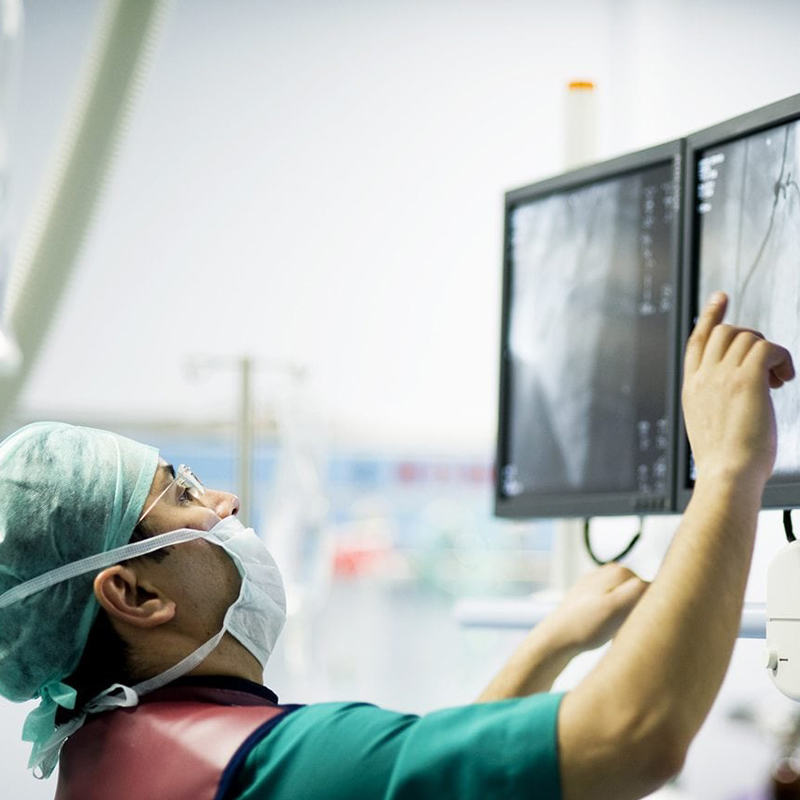
Cardiovascular diseases, such as heart attack, stroke and aneurysm, are a leading cause of death in the United States.
How Does COVID-19 Affect the Heart?
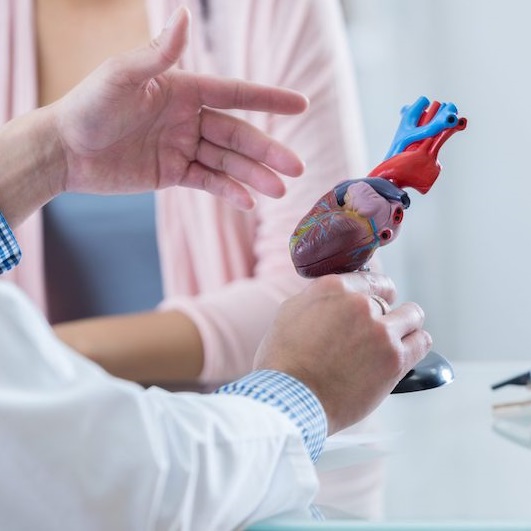
If you’ve been infected with COVID-19 you should continue to monitor any lingering symptoms and check in with your doctor regularly.
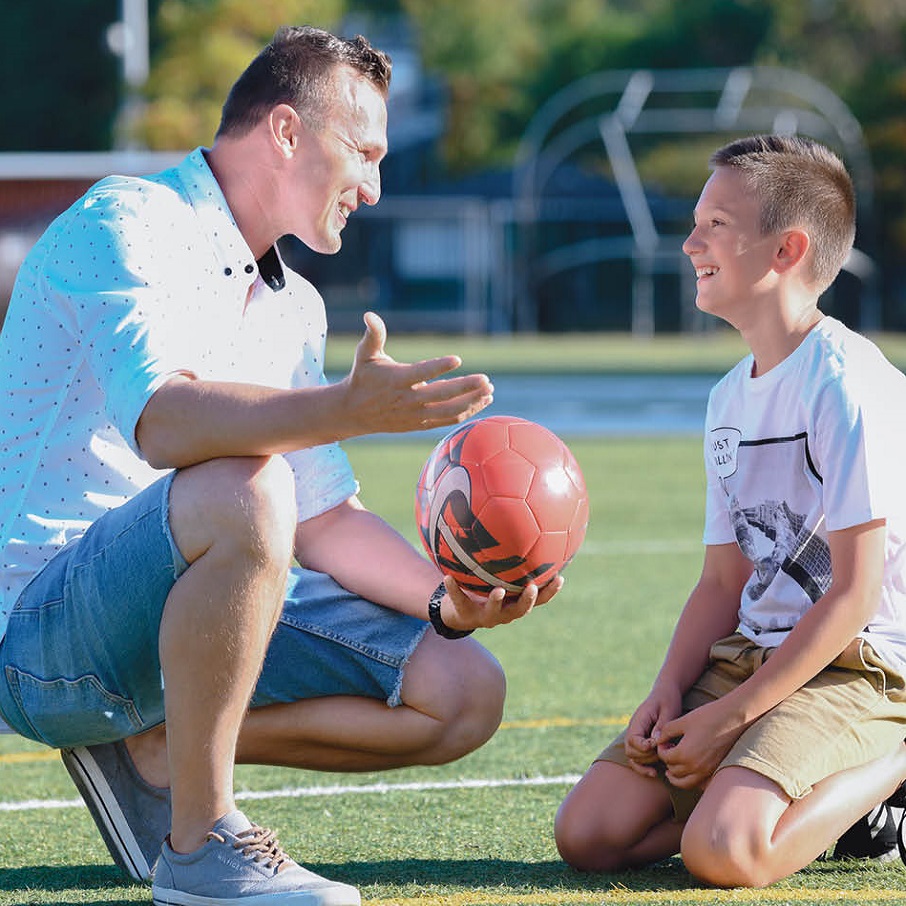
A Cardiac Care Army
“It was hard just to walk,” recalls Simon, an avid exerciser, adding that months of outpatient physical therapy after discharge helped him regain his strength until he could head back to his beloved gym.
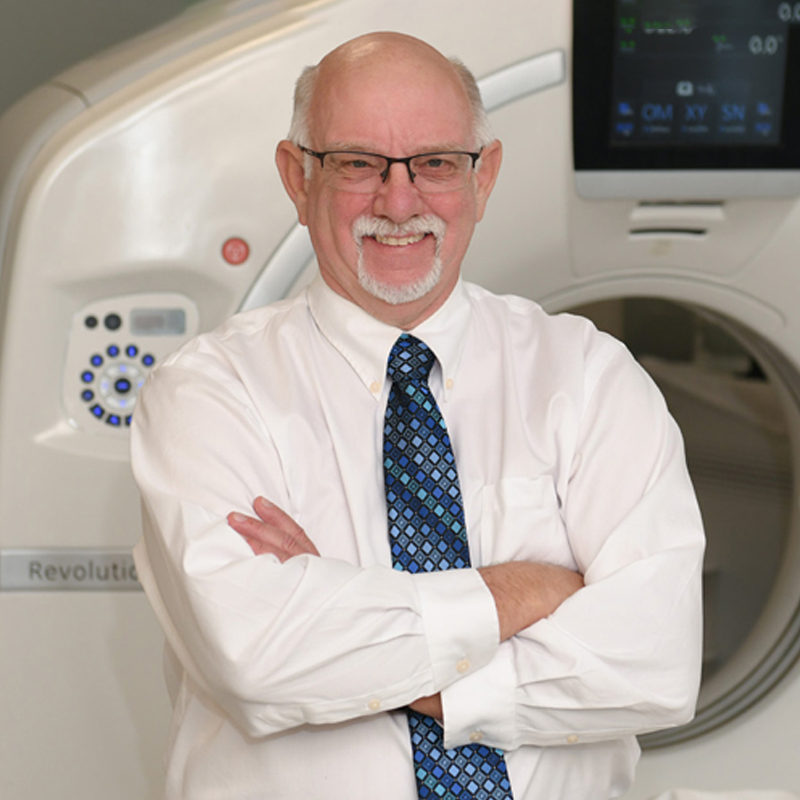
Cardiac Calcium Scan Saves One Man’s Life
When team members were recruited to test the new cardiac calcium scan procedure, Kevin Jester, signed up, not because he had any worries about his heart health - he just wanted to do his part.
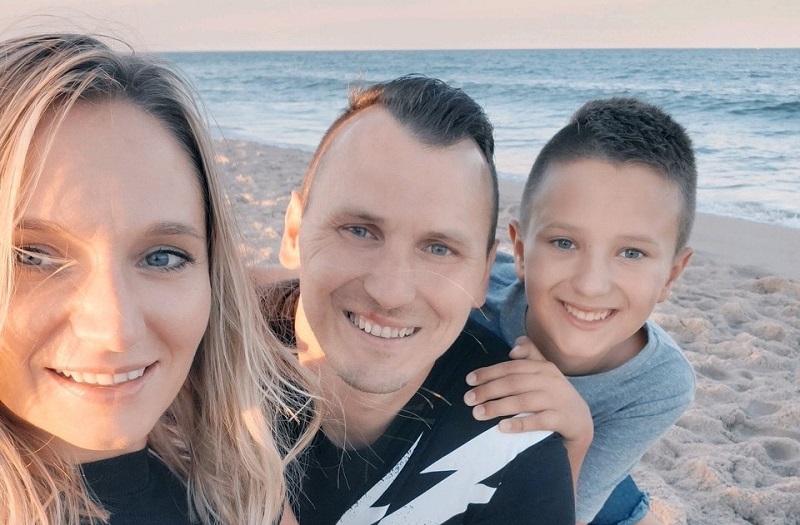
After a Heart Attack in His Thirties, Where is He Now?
In early 2020, we shared the story of Przemyslaw “Simon” Blazejowicz, whose life hung in the balance as doctors at JFK Medical Center rushed to unravel the medical mystery that led to his heart attack...